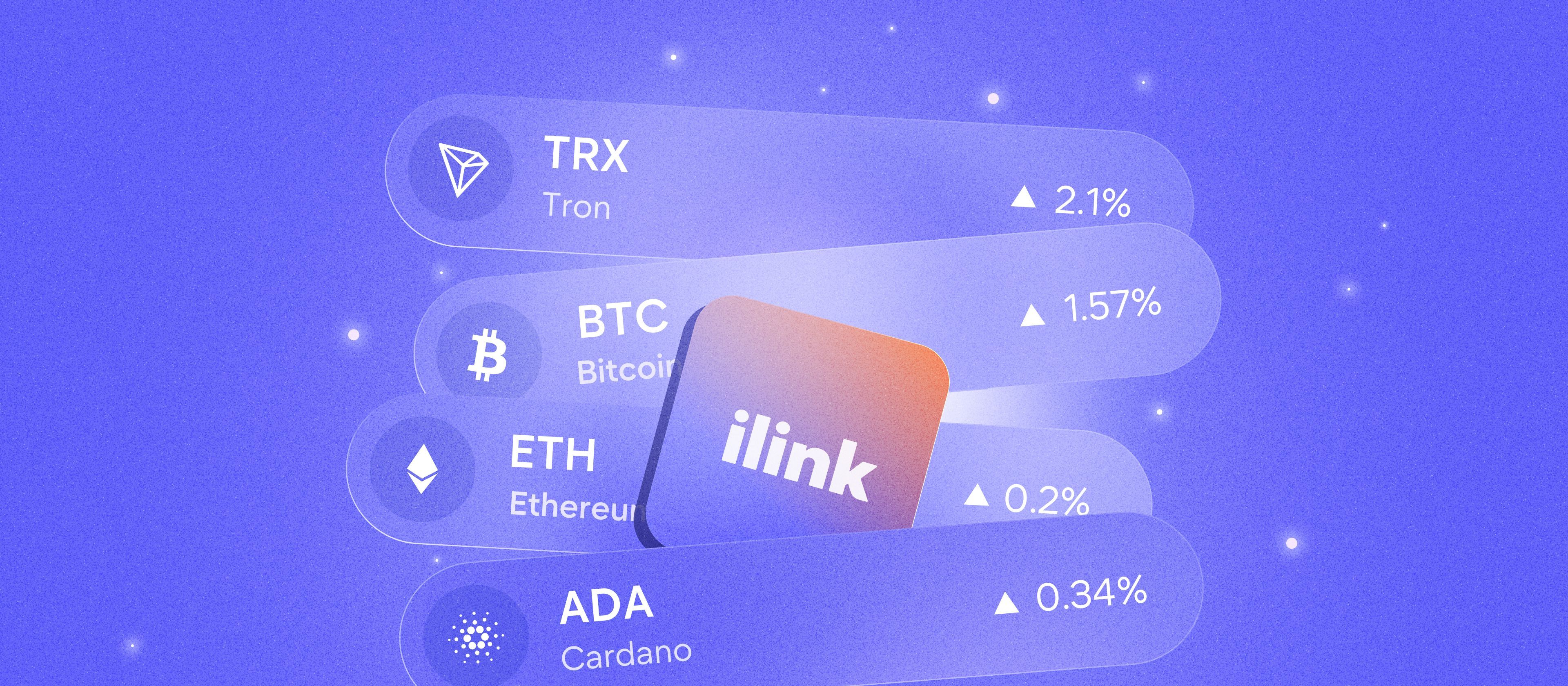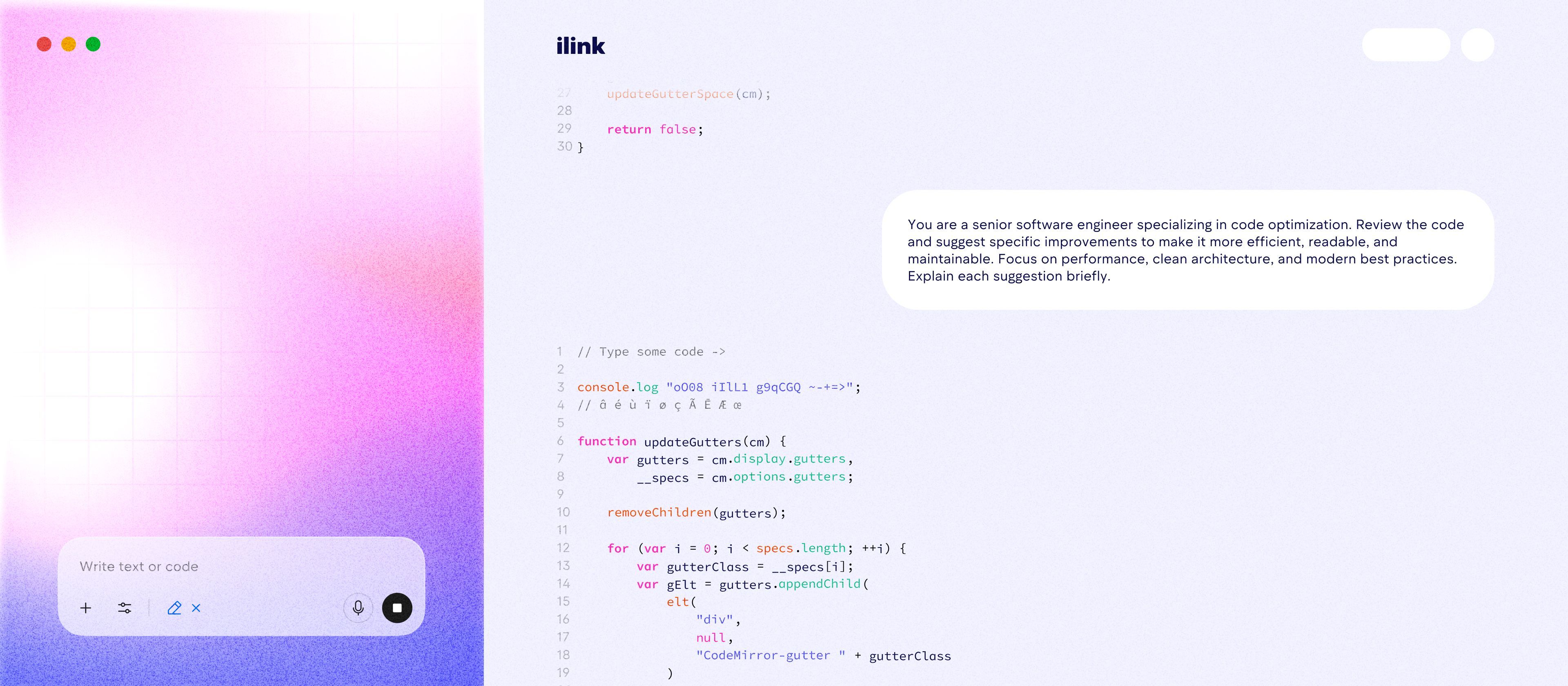Digital Banking Solutions: How Technology Is Transforming the Financial Industry
Introduction
The financial system is undergoing a large-scale transformation, and digital banking solutions play a key role in this shift. The rise of mobile applications, the transition to remote services, the demand for high-speed transactions, and strengthened security requirements have made digital banking the new standard for banks, fintech companies, and neobanks.
Modern banking technologies enable financial organizations to operate faster, reduce costs, and deliver a seamless digital experience that is becoming a major competitive advantage.
Main Types of Digital Banking Solutions
The modern market includes a wide range of products and technologies that help banks scale and improve their service quality.
1. Mobile Banking Applications
The most in-demand type of digital banking.
Core features include instant payments, card management, budgeting tools, spend analytics, and personalized notifications.
2. Online Banking (Web Platforms)
Account management, transfers, investments, currency operations, all accessible directly via browser.
3. Neobanks (Digital-Only Banks)
Neobanks operate entirely online and compete through speed, convenience, and low servicing fees.
4. Payment Solutions
P2P transfers, QR payments, card tokenization, NFC payments, and mobile wallets.
5. Digital Onboarding
KYC/AML, biometrics, remote identity verification completed within minutes.
6. Investment Services
Robo-advisors, automated operations, and portfolio management tools.
7. Corporate Banking Solutions
Multi-currency accounts, ERP/CRM integrations, and online business banking.
These types of digital banking solutions allow financial companies to build comprehensive digital ecosystems.
Key Technologies Behind Digital Banking
Modern digital banking solutions are built on a foundation of technological components that deliver speed, security, personalization, and reliability. These technologies work together as part of a unified architecture where data, algorithms, and interfaces interact to create a seamless digital experience for customers and businesses.
Artificial Intelligence and Machine Learning
AI has become a fundamental tool in digital banking.
It analyzes customer behavior, predicts risks, detects fraud, and delivers personalized financial services.
Thanks to ML models, banks benefit from:
-
Real-time scoring;
-
Intelligent fraud detection systems;
-
Instant transaction processing;
-
Personalized recommendations;
-
Digital assistants that cover up to 80% of customer requests.
AI creates the foundation for automation and service quality improvement.
Blockchain and Decentralized Systems
Blockchain is used to build transparent and tamper-resistant financial processes.
For banks, it is not just a trend but a core technology for digital security.
Blockchain enables:
-
Reliable smart contracts;
-
Automated settlement and guarantee processes;
-
Asset tokenization;
-
Data integrity and resilience against manipulation;
-
Secure payment and settlement systems.
Blockchain helps create fully digital financial products with a new level of trust.
Big Data and Advanced Analytics
In digital banking, data is one of the most valuable assets.
Big Data makes it possible to analyze millions of customer actions, transactions, financial behavior history, and market dynamics.
With Big Data, banks can:
-
Forecast risks;
-
Deliver personalized offers;
-
Detect anomalies;
-
Improve product decisions;
-
Increase anti-fraud accuracy.
Analytics becomes the backbone of strategic decision-making and competitive advantage.
APIs and Open Banking
API interfaces allow banks to partner with fintech companies and integrate third-party services into their platforms.
Open Banking creates ecosystems that give customers more options and bring additional value to financial institutions.
APIs enable:
-
Rapid deployment of new features;
-
Unified financial platforms;
-
Seamless partner integrations;
-
High product modularity.
This architecture makes banks more innovative and adaptable.
Cloud Technologies
Cloud platforms have become the foundation of scalable and stable digital banking.
They enable financial institutions to roll out new services within minutes, ensuring high availability and strong security.
Cloud technologies help:
-
Reduce infrastructure costs;
-
Maintain uninterrupted system operations;
-
Scale performance on demand;
-
Store and process large data volumes;
-
Update products without downtime.
Banks are adopting cloud environments to accelerate innovation cycles.
Biometrics and Digital Identification
Biometric solutions are becoming the standard for banking security.
They allow customers to verify their identity within seconds while maintaining a high level of protection.
Key technologies include:
-
Facial and voice recognition;
-
Fingerprint scanning;
-
Biometric KYC procedures;
-
Biometric transaction confirmation.
Biometrics enhances security and improves the user experience.
Benefits of Digital Banking
Implementing digital banking solutions provides companies with significant advantages:
-
Faster financial workflows;
-
Reduced operational and staffing costs;
-
Improved security;
-
Personalized recommendations;
-
An enhanced customer experience;
-
Rapid rollout of new products;
-
24/7 operation without physical branches.
For banks, this is a path to higher efficiency; for users, a superior service experience.
Examples of Digital Banking Services
-
Digital cards and e-wallets;
-
Instant transfers;
-
Online lending;
-
Automated scoring;
-
Algorithmic investments;
-
Corporate online platforms;
-
Personal finance assistants.
These solutions have already become the standard in modern banking.
How to Implement Digital Banking in a Company
Implementing digital banking solutions is not a one-time initiative but a strategic journey that requires thoughtful planning and strong technical expertise. To achieve real results, organizations must move step-by-step, building a scalable and adaptable technological architecture.
Below is an expanded and practical roadmap suitable for traditional banks, neobanks, fintech platforms, and enterprise services.
1. Assess Current Processes and Infrastructure
The first step is to understand how ready the current system is for digital transformation.
It is essential to:
-
Identify bottlenecks in payments, verification, and AML/KYC processes;
-
Determine which operations consume the most time;
-
Evaluate the level of automation;
-
Assess compatibility with APIs, cloud systems, and microservice architecture;
-
Map out all business processes.
Many companies find that they need to modernize outdated modules before implementing new digital solutions.
2. Define Digital Transformation Goals and KPIs
Digital banking is implemented for measurable results, which requires clear objectives:
-
Speed up transaction processing;
-
Reduce servicing costs;
-
Strengthen security and compliance;
-
Implement digital onboarding;
-
Launch a mobile banking app;
-
Migrate to a unified platform;
-
Improve customer experience;
-
Integrate AI for fraud detection, scoring, and personalization.
Well-defined KPIs help track progress and guide decision-making.
3. Choose the Right Technology Architecture
At this stage, the foundation of the future digital bank is created. Important considerations include:
-
Whether the system will be microservice-based;
-
Which APIs should be exposed to partners;
-
Which data should be stored in the cloud;
-
Required security model (zero-trust, tokenization, encryption);
-
How to integrate AI/ML, Big Data, and anti-fraud modules;
-
Whether blockchain is needed for transparency and tokenization.
Modern digital banking follows the API-first principle: the core remains flexible while new services are connected modularly.
4. Develop an MVP or Proof of Concept
To avoid unnecessary costs, organizations start with a pilot that validates the idea:
-
Digital onboarding;
-
Mobile app;
-
Instant payments module;
-
AI-powered fraud detection;
-
Investment service;
-
Multi-currency account.
A pilot allows the organization to:
-
Test technology on real data;
-
Gather metrics and insights;
-
Identify weaknesses;
-
Validate the solution’s effectiveness;
-
Refine architecture before scaling.
An MVP is essential for a fast and safe innovation cycle.
5. Integrate with Core Systems
Full deployment requires connecting new modules to the existing ecosystem:
-
Core banking;
-
Payment gateways;
-
ERP/CRM;
-
Security systems;
-
AML/KYC infrastructure;
-
Processing centers;
-
Data warehouses and BI systems.
Stability, performance, and security must be ensured at this stage.
6. Scale and Launch
After a successful MVP and integration:
-
New modules are added;
-
Load capacity is increased;
-
Performance is optimized;
-
New products and markets are explored;
-
Mobile and web platforms are expanded.
Gradually, companies transition to a new digital banking architecture, reducing dependency on legacy systems.
7. Continuous Development and Updates
Digital banking is a living product that requires:
-
Frequent updates;
-
AI model improvements;
-
UX/UI refinements;
-
Automation of additional processes;
-
Ongoing compliance adaptation;
-
New security measures.
Platforms that evolve continuously gain long-term competitive advantages.
8. Build a Digital-First Culture
Successful transformation depends not only on technology but also on people:
-
Teams must understand digital banking principles;
-
Processes should support innovation;
-
Decisions must be data-driven;
-
Collaboration across departments is essential.
Companies that foster digital culture adapt faster to new market demands.
Why Banks and Fintech Companies Choose ilink
ilink has deep expertise in building fintech solutions, digital banking products, mobile banking platforms, and complex financial systems.
The team combines experience in AI, blockchain, cybersecurity, Big Data, and high-load architectures, delivering solutions that are scalable, stable, and competitive.
ilink helps financial organizations transition to digital banking, launch innovation-driven platforms, and build products aligned with the future of the financial industry.
Comments (0)
Latest Posts
Understanding the mobile app development cost helps plan budgets effectively and ensures that your investment delivers measurable results.
A well-structured AI software development life cycle helps teams manage data, train reliable models, ensure ethical operation, and achieve measurable results.
Do You Have Any Questions?
Leave your details - we will contact you to answer all your questions




